The Best Companion Plants For Sword Ferns
The Best Companion Plants for Sword Ferns
Sword ferns are a beautiful and versatile addition to any garden. They thrive in shady areas, and their delicate fronds add a touch of elegance to any landscape. But sword ferns can also look a bit bare on their own. That's why it's important to plant them with companion plants that will complement their beauty and help to fill in the gaps.
In this blog post, we'll take a look at some of the best companion plants for sword ferns. We'll discuss their benefits, their requirements, and how to plant them together. So whether you're just starting out with gardening or you're looking to add some new plants to your existing garden, read on for all the information you need to know about companion planting with sword ferns.
Benefits of Companion Planting
There are many benefits to companion planting. For one, it can help to attract beneficial insects to your garden, which will help to control pests. Companion plants can also help to improve the soil quality, which will benefit all of the plants in your garden. Additionally, companion planting can help to create a more visually appealing garden.
When choosing companion plants for sword ferns, it's important to consider their requirements. Sword ferns need partial to full shade, moist soil, and acidic conditions. So, you'll want to choose companion plants that have similar requirements.
Some Great Companion Plants for Sword Ferns
Here are some of the best companion plants for sword ferns:
- Astilbe: Astilbe is a beautiful perennial that produces delicate flowers in shades of pink, white, and purple. It's a great choice for companion planting with sword ferns because it has similar requirements. Astilbe also helps to attract beneficial insects to the garden.

- Coral bells: Coral bells are another great choice for companion planting with sword ferns. They come in a variety of colors, including red, pink, orange, and yellow. Coral bells also have similar requirements to sword ferns, and they help to improve the soil quality.
- Hosta: Hostas are a popular choice for shady gardens. They come in a variety of colors, including green, blue, yellow, and white. Hostas also help to attract beneficial insects to the garden.

- Lamium: Lamium is a low-growing perennial that produces colorful flowers in shades of pink, white, and purple. It's a great choice for companion planting with sword ferns because it helps to fill in the gaps and provides a splash of color.
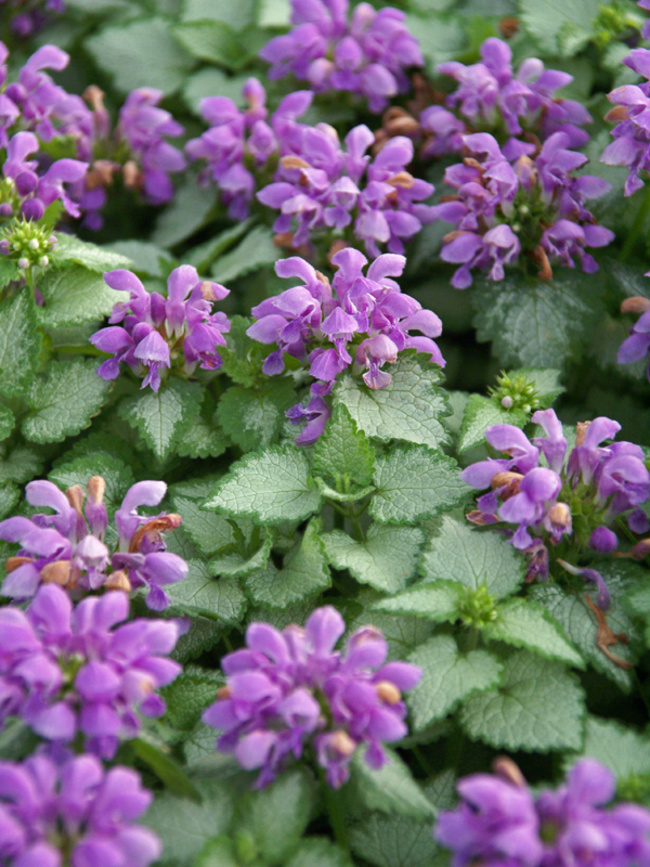
- Pulmonaria: Pulmonaria is a beautiful perennial that produces blue, pink, or white flowers in the spring. It's a great choice for companion planting with sword ferns because it has similar requirements and helps to improve the soil quality.
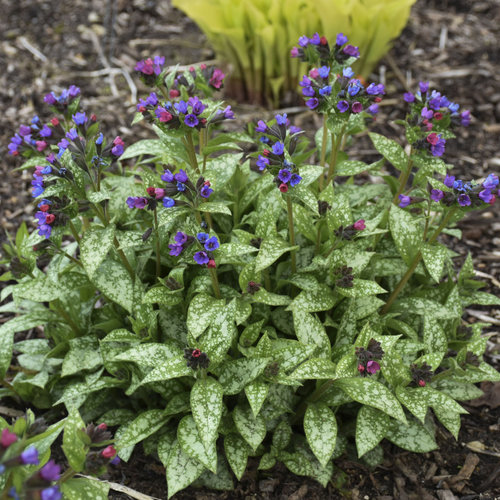
- Woodland wildflowers: There are many beautiful woodland wildflowers that can be planted with sword ferns. Some of our favorites include trillium, jack-in-the-pulpit, and mayapple. Woodland wildflowers help to add a touch of natural beauty to the garden and attract beneficial insects.

How to Plant Sword Ferns with Companion Plants
When planting sword ferns with companion plants, it's important to choose the right location. The plants should be planted in a shady area with moist soil. The soil should also be acidic.
Once you've chosen the right location, you can start planting. Start by digging a hole that is twice the size of the fern's root ball. Add some compost or peat moss to the hole to improve the soil quality. Then, carefully place the fern in the hole and backfill with soil. Water the fern well.
Once the fern is planted, you can start planting the companion plants. Space the companion plants evenly around the fern. Water the companion plants well.
Conclusion
Companion planting is a great way to add beauty and interest to your garden. By planting sword ferns with companion plants, you can create a stunning and harmonious landscape.
Here are some additional tips for companion planting with sword ferns:
- Choose companion plants that have similar requirements.
- Plant the companion plants in a shady area with moist soil.
- Space the companion plants evenly around the fern.
- Water the companion plants well.
- Enjoy your beautiful and thriving garden!
Sword ferns are a beautiful and versatile plant that can add a touch of elegance to any shady garden. But did you know that they can also be used to create a stunning companion planting scheme?
There are many different plants that can be paired with sword ferns to create a harmonious and visually appealing landscape. Some popular choices include:
- Coral bells (Heuchera): These colorful perennials add a pop of brightness to any shady spot.
- Hostas: These hardy plants come in a wide variety of colors and leaf shapes, making them a great choice for adding interest to your garden.
- Lungwort (Pulmonaria): These shade-loving plants have attractive flowers and foliage that can add a touch of drama to your garden.
- Bleeding heart (Dicentra): These delicate wildflowers are sure to turn heads in your garden.
If you're looking for more ideas for sword fern companion plants, be sure to visit Gardenia Inspiration. This website has a comprehensive list of plants that can be paired with sword ferns, as well as helpful tips on how to create a successful companion planting scheme.
FAQ of sword fern companion plants
Question 1: What are some good companion plants for sword ferns?
Answer: Sword ferns are shade-loving plants, so they do well when planted with other shade-tolerant plants. Some good companion plants for sword ferns include:
- Hostas
- Astilbe
- Ferns
- Bamboo
- Rhododendrons
- Camellias
- Heucheras
- Hydrangeas
Question 2: What are the benefits of planting sword fern companion plants?
Answer: There are several benefits to planting sword fern companion plants. For one, they can help to create a more diverse and interesting landscape. Additionally, companion plants can help to attract beneficial insects and pollinators, which can help to improve the health of your sword ferns. Finally, companion plants can help to suppress weeds and prevent soil erosion.
Question 3: How far apart should sword fern companion plants be planted?
Answer: The distance between sword fern companion plants will depend on the size of the plants. In general, you should plant sword ferns about 2-3 feet apart. However, if you are planting larger plants, such as hostas or rhododendrons, you may need to space them further apart.
Question 4: What are some common problems that can occur with sword fern companion plants?
Answer: Some common problems that can occur with sword fern companion plants include:
- Overwatering
- Underwatering
- Pests
- Diseases
To avoid these problems, it is important to water your sword fern companion plants properly and to monitor them for signs of pests or diseases.
Question 5: How can I care for sword fern companion plants?
Answer: Sword fern companion plants are relatively low-maintenance plants. However, there are a few things you can do to care for them properly. These include:
- Watering regularly, especially during hot, dry weather
- Fertilizing once a year in the spring
- Mulching around the plants to help retain moisture and suppress weeds
- Dividing the plants every few years to keep them healthy and vigorous
Image of sword fern companion plants
5 different images of "sword fern companion plants" from Pinterest:
- False Solomon's Seal (Smilacina racemosa): This delicate wildflower has white flowers that bloom in the spring. It is a good companion plant for sword ferns because it prefers similar growing conditions, such as partial shade and moist soil.
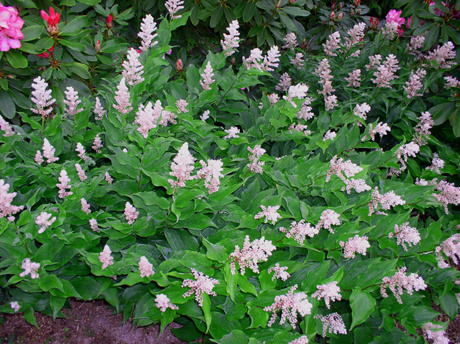
- Spring Vetchling (Lathyrus vernus): This low-growing plant has blue or white flowers that bloom in the spring. It is a good companion plant for sword ferns because it is deer-resistant and does not require much maintenance.
- European Wild Ginger (Asarum europaeum): This shade-loving plant has heart-shaped leaves and small, fragrant flowers. It is a good companion plant for sword ferns because it helps to suppress weeds and improve soil drainage.
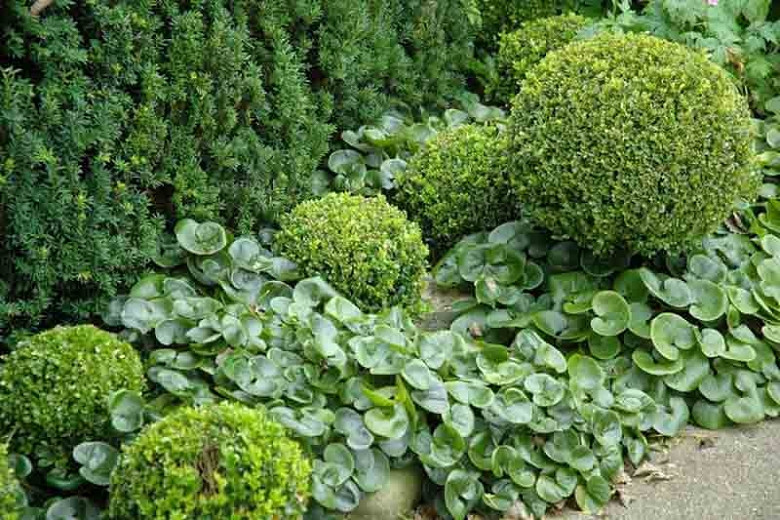
- Rhododendrons : These evergreen shrubs or trees have showy flowers that bloom in the spring or summer. They are a good companion plant for sword ferns because they prefer similar growing conditions, such as acidic soil and partial shade.
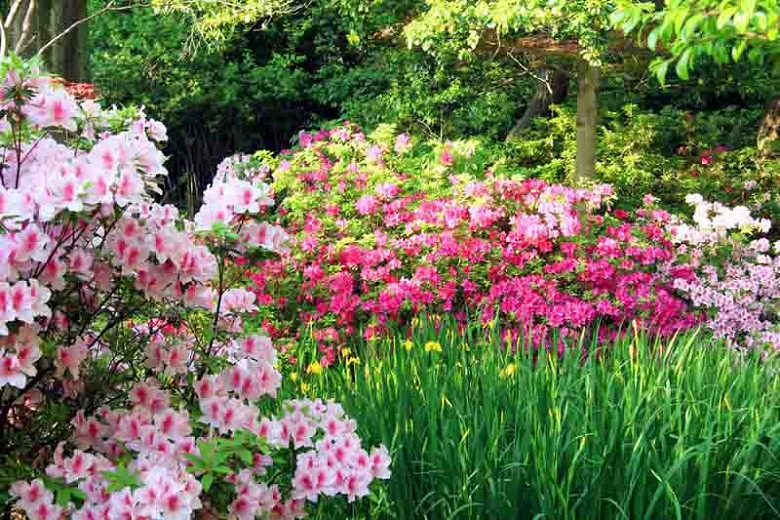
- Hostas : These shade-loving plants have large, colorful leaves. They are a good companion plant for sword ferns because they help to suppress weeds and add interest to the garden.
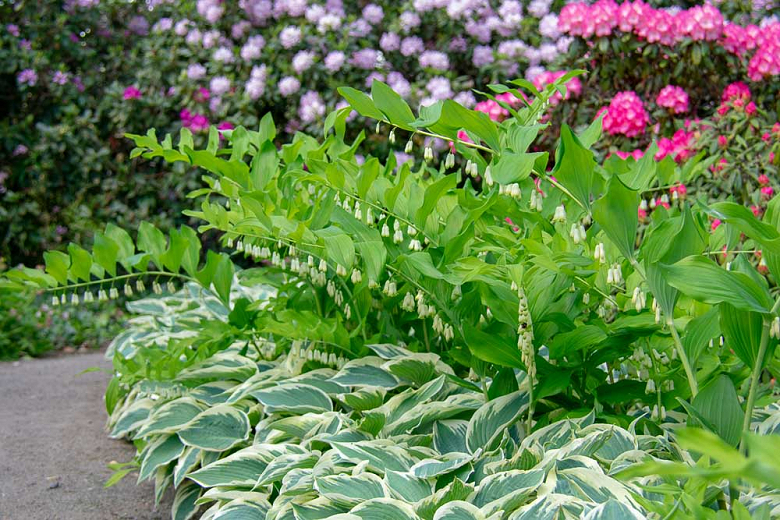

Post a Comment for "The Best Companion Plants For Sword Ferns"